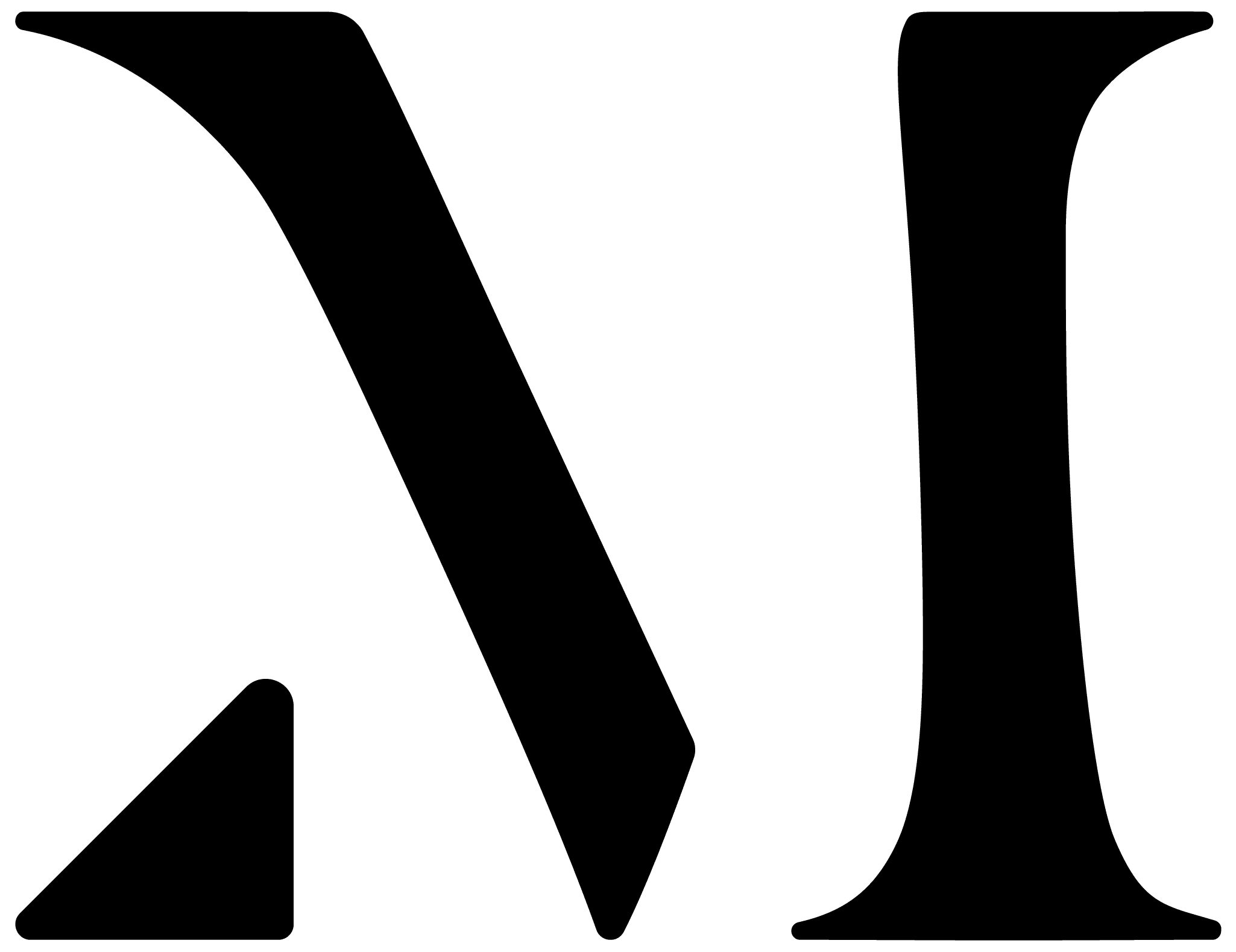Demand Generation Case Study

Results
We turned a $60,000 advertising investment into $3.7 million in increased revenue.
- Website sessions increased by 245%
- New customers increased by 69%
- Their app saw over 1,600 downloads in 45 days
Fully-Integrated Demand Generation
Xpress Technologies, a SaaS player in the freight and logistics industry, faced a dual challenge in lead generation. They needed to boost brand awareness for consistent customer engagement and revamp their loyalty program to retain customers and create loyal, repeat buyers.
These challenges stemmed from the need for an integrated ad campaign. Without an integrated strategy, it was difficult for Xpress Technologies to deliver timely, effective messaging. Moreover, in a niche industry where convenience and familiarity drive customer loyalty, there was a pressing need to break the cycle of poor demand generation, boost brand awareness, and establish lasting customer loyalty. That’s where we came in.
With the help of Madison Taylor Marketing, Xpress Technologies gained millions of dollars in revenue from new customers, along with a significant increase in app downloads and website sessions.
Here’s How We Did It
Right off the bat, we knew our client needed a sound lead-generation strategy that focused on nurturing existing leads and attracting new ones. Through a combination of customer loyalty initiatives and strategic advertising efforts, we not only ran a successful campaign for our client but also helped them unlock the knowledge required to appeal to target audiences through a sound campaign architecture shaped by paid advertising.
- To improve customer loyalty, we initiated a campaign to enhance brand awareness, retarget engaged prospects, and boost conversions among current customers.
- Then, we gathered valuable insights into audience preferences and platform performance to develop a continuous, optimized advertising approach.
- Following these insights, we deployed a well-rounded strategy incorporating paid search, programmatic methods, social networks, and geo-targeting. We tested platforms and messages while effectively managing the monthly budget.
- We continued to refine audience targeting and optimize digital campaigns by creating dynamic audience segments that delivered tailored messages as users progressed through the marketing funnel.
- Lastly, we tracked conversions and integrated workflows by monitoring various conversion types and seamlessly integrating audiences with HubSpot workflows to streamline the user journey and build sales efficiencies.
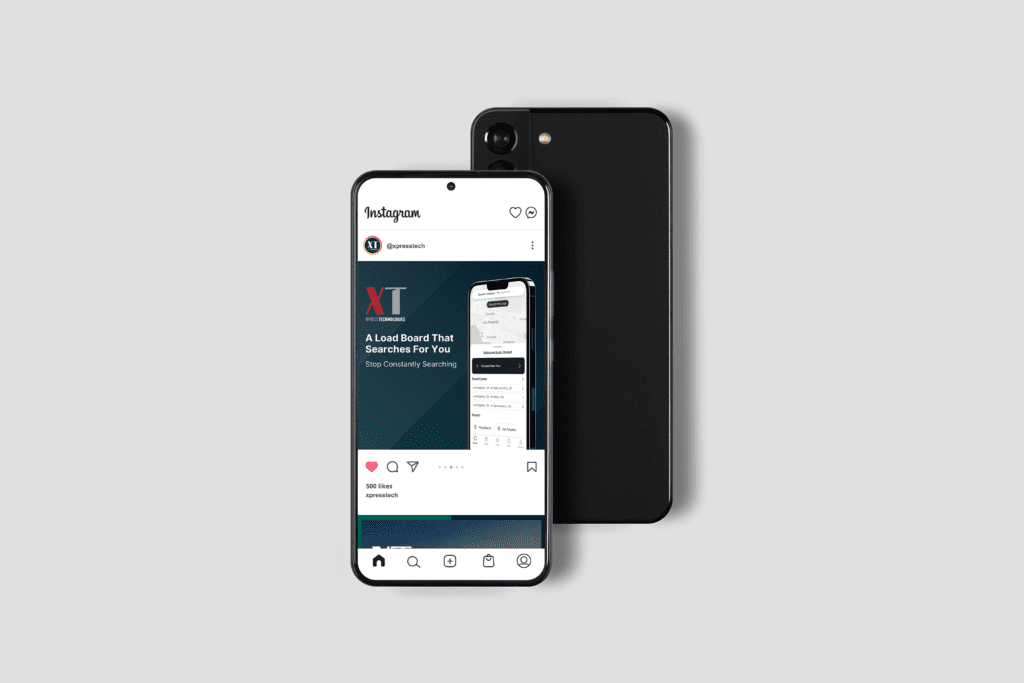
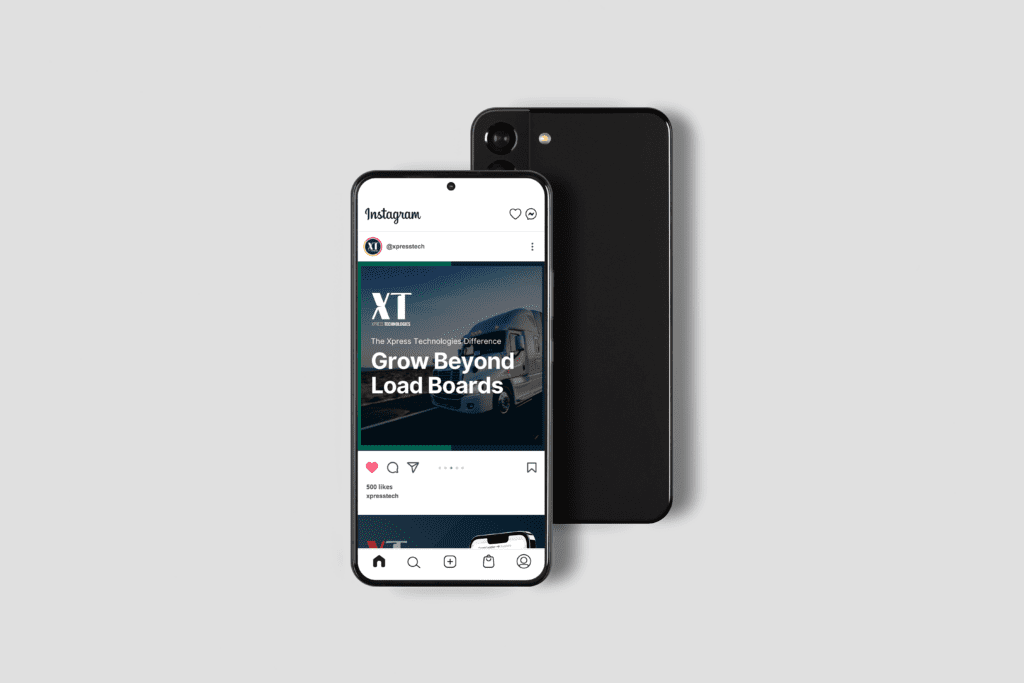
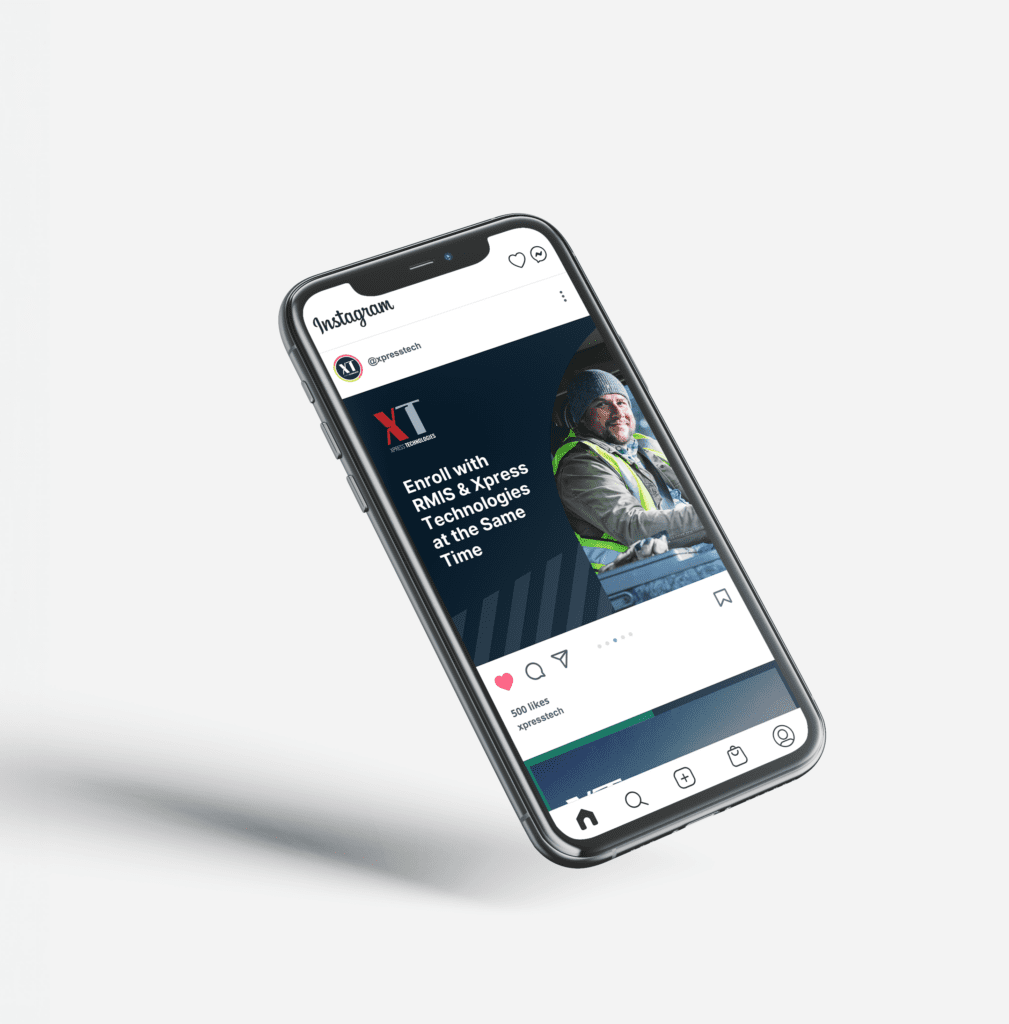
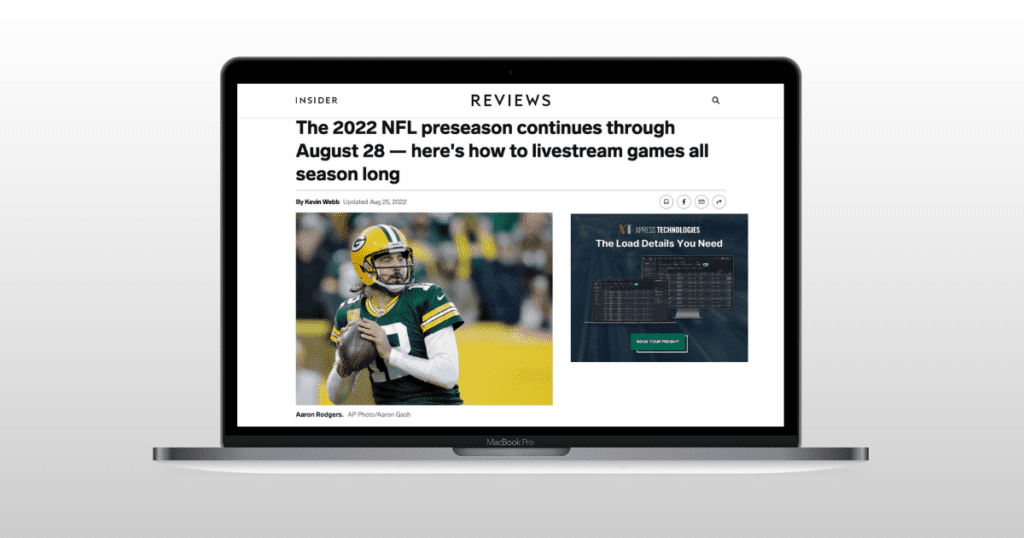
“We are a growing, fast-paced restaurant company, and the team at Madison Taylor Marketing has never missed a beat with us! They have helped in more ways than I can list and have made an impact on our business.”
